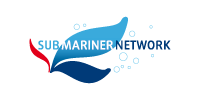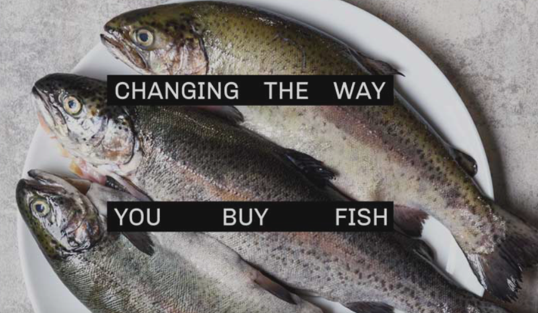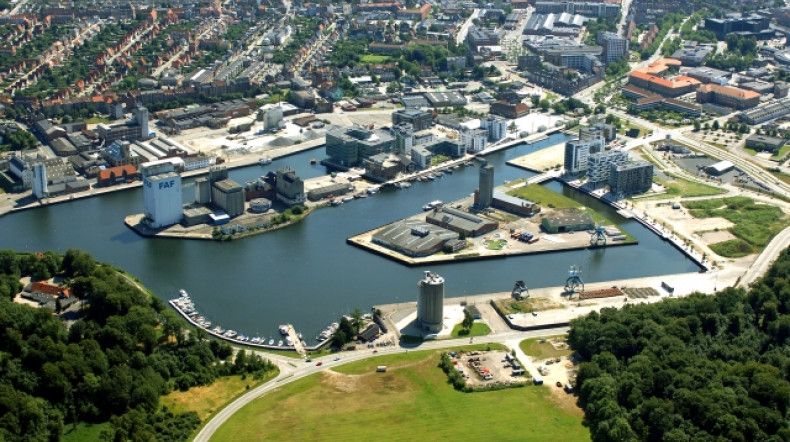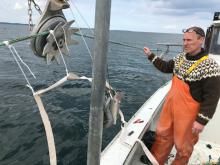The SUBMARINER Network in Denmark
Nowhere in Denmark is more than 50km to the coast, an important factor both in historical trading and in the development of the blue bioeconomy in Denmark. Blue bioeconomic activities are mainly concentrated on seaweed and shellfish with expectations to discovery and bioprospecting for ingredients for cosmetics, food supplements, proteins, enzymes and biostimulants. Denmark is one of the leading providers of fish feed and aqua-technology and technological solutions for land-based fish farming although, ironically, aquaculture provides only 10% of fish and shellfish consumed in Denmark. In 2017, the Danish fish-farming sector was responsible for ca. €208 mio. gross profit (Danmarks Statistik).
Key Facts
- Population: 5.8 million (as of 2019)
- Area: 42,924 km2
- 8,750 km coastline
- 5 regions & 98 Municipalities (2007)
- 8 Universities
- According to World Bank, Denmark is listed third country in the “Ease of Doing Business” rank, following New Zealand and Singapore.
- Denmark has the 39th largest national economy in the world measured by nominal gross domestic product (GDP) and 60th largest in the world measured by purchasing power parity (PPP) (2019).
- 63% of Denmark used for agricultural and horticultural production, but only 2.5% of all employed people work in this sector, which is highly automated and represented 25% of total commodity exports in 2015. (Wikipedia)
- Since 1945, Denmark has greatly expanded its industrial base and trade, transport and business service sector (where nearly 80% of all employed people work). By 2017 services contributed ca. 75% of GDP, manufacturing ±15% and agriculture <2%. Major industries include wind turbines, pharmaceuticals, medical equipment, machinery and transportation equipment, food processing, and construction.
Key networks and actors
Video presenting Guldborgsund - A Hotspot for Bioeconomy

Denmark and Fish Aquaculture
Denmark is excelling in mussel and oyster farming
Denmark is excelling in blue biotechnology
- Fucosan
- CONTRA
- Coastal Biogas
- BBBA (Alliance)
- MACROFUELS
- MAB4
- REMAPP
- Agrofertil
- ZOSTERA (materials from beach wrack)
- Vestjyllands Andel (starfish protein feed)
- Fermentation Experts
- Agrofertil
Denmark is accelerating in shellfish and seaweed farming
Denmark is initialising Maritime Spatial Planning and Ocean Multi-use
Funding and Regulation
-
Innobooster (all disciplines)
-
BioInnovation Institute (life sciences)
-
EMFF (marine funding)
-
GUDP (Green Development Program)
-
MUDP (Environmental Development Program)
-
EU Feed regulation barriers (Strategy) Havet - en uudnyttet ressource-Fødevareministeriet 2010
-
Recommendations:
New value chains based on blue biomass, with special focus on mussels and seaweed
SUBMARINER Network for Blue Growth EEIG
Kärntener Str. 20
DE–10827 Berlin
Germany
+4930832141740
This email address is being protected from spambots. You need JavaScript enabled to view it.







